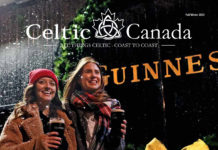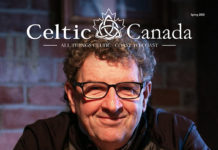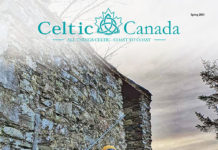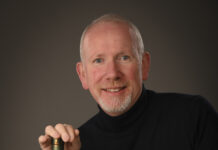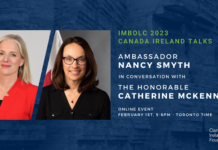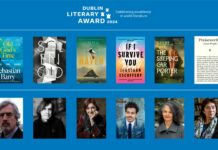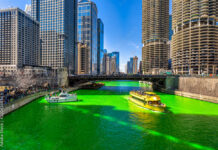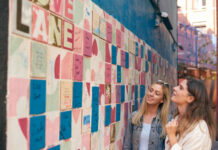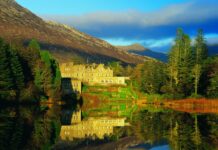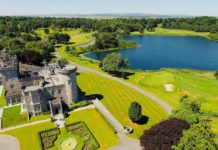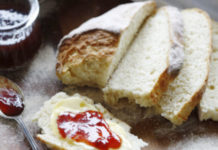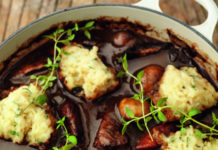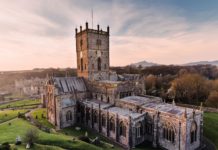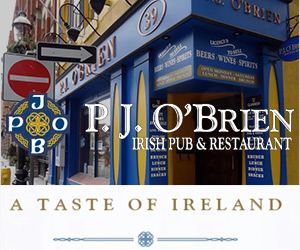Ireland at Halloween – watch out for all sorts of spirits that are said to roam the island at the most spine-tingling time of year.
Mischievous hobgoblins, spirits, shades, and the ghosts of gods and heroes are some of the shadowy figures that are believed to break through from the otherworld to tease and torment the Irish people at Halloween.
Their stories originate in ancient Ireland and the Celtic festival of Samhain, the forerunner of all modern Halloween celebrations, when the door between the realms of life and death opened.
Among the many spectres that haunt the land at Halloween are those who represent the four aspects of Samhain – light, dark, mischief and change.
The heroic figure of Fionn Mac Cumhaill (Finn McCool) and the gentle spirit of the goddess Boann represent the light.
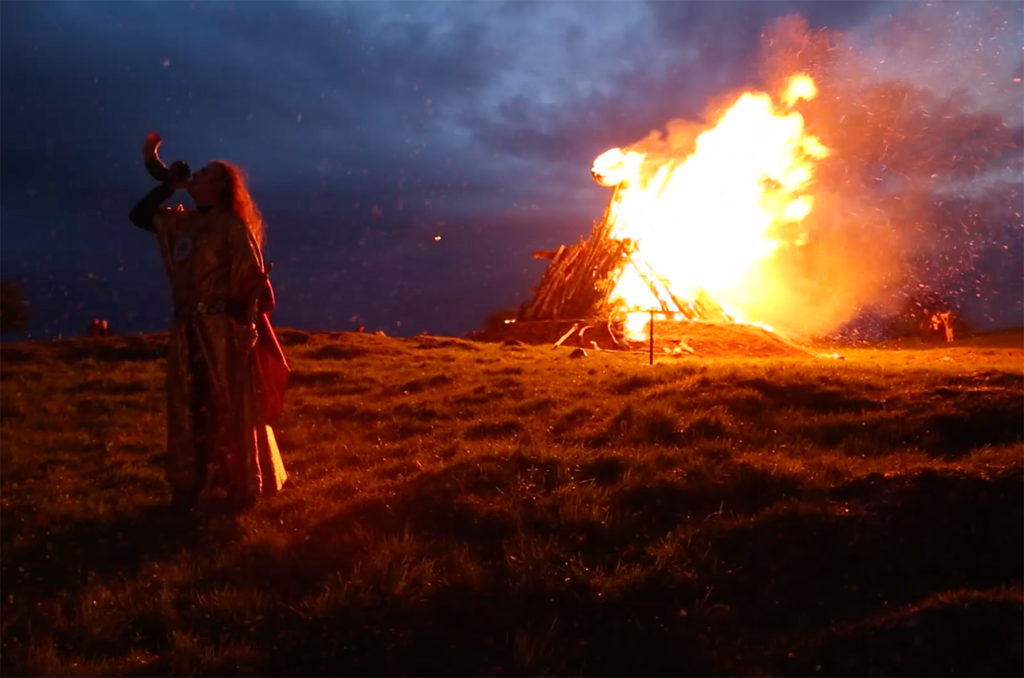
Boann tended a well within which lived the Salmon of Knowledge. When the well flooded it washed Boann away and she became the River Boyne. She cradled the Salmon of Knowledge until it was time to give it to a hero called Fionn Mac Cumhaill.
Fionn ate the Salmon of Knowledge and gained all the wisdom of the world. He was then called upon to kill the evil goblin Aillen, who appeared every Samhain to burn down the great halls of Tara, the seat of the High King. Fionn succeeded and as a reward he was made leader of the High King’s elite warriors.
At Halloween look out for the shadows of Fionn’s two loyal hounds that herald the arrival of his spirit, or a gently glowing figure with the head of a white cow and a body made of reeds that is the presence of the goddess Boann.
The dark aspect of Samhain is Morrigan, goddess of war. She takes the form of a raven and leads an army of misshapen creatures on the hunt for human lives. If you hear flapping nearby, beware!
Mischief and mayhem are let loose by the ill-mannered Fear Dearg, the Red Men. Sharp toothed, squat and dressed in red coat and cap they love to play practical jokes on humans, the more gruesome the better.
The spirits of change are the púca, shape-shifters who can change the fortunes of anyone they meet. Whatever their shape, whether cat or stranger, you can recognise them by their black hair and golden eyes.
One of the best ways to protect yourself from marauding spirits is through disguise and this is a part of Samhain that lives on in the custom of dressing up at Halloween. To appease the spirits, people also went from house to house in costume to sing songs or recite verses in exchange for food for the souls of the dead.
This tradition is embodied in the performances of the Armagh Rhymers, one of the most celebrated traditional music and theatre ensembles on the island of Ireland. The Rhymers are masked with wicker disguises and perform music, storytelling and drama.
Samhain is still celebrated today in Ireland’s Ancient East in the Púca Festival. Centred around the Hill of Ward, where Halloween’s story all began, the festival recreates the symbolic lighting of the Samhain fires together with feasting, music and dance.





